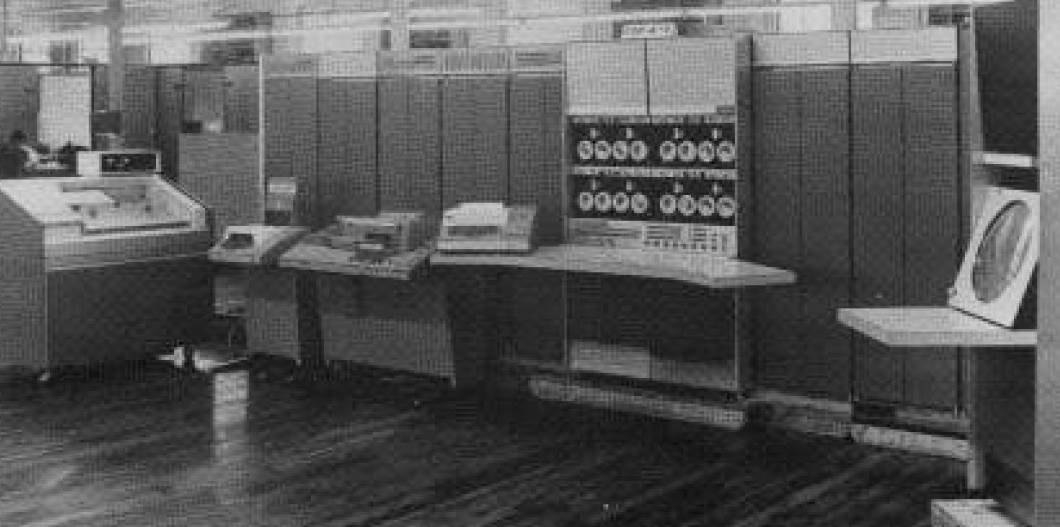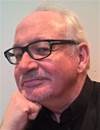Preamble
The Australian Computer Society (ACS) was formed 50 years ago, when the various state computer societies joined forces.
To mark the occasion, the ACS has initiated a heritage project to honour the many individuals who have contributed to the growth of the ICT profession in Australia.
At the heart of the project is a history of computing in Australia. It is not just a history of the ACS, but the history of a profession.
Australia has the longest computing history of any country, excepting the US and the UK, and CSIRAC in the Museum of Victoria is the oldest computer still in existence.
Chapter 16: Enter the minicomputer – DEC comes to Australia
Until the mid-1960s, only large organisations could afford computers. That changed with the introduction of minicomputers – smaller and less expensive devices that were practical for smaller organisations and departments within larger organisations. They were not suitable for (nor affordable) by individuals, who had to wait for the microcomputer revolution of the late 1970s and 1980s.
One of the earliest suppliers of minicomputers, and certainly the most important to Australia, was Massachusetts-based Digital Equipment Corporation, usually referred to as DEC or Digital. DEC was to become the second largest computer company in the world, after IBM.
There is no standard definition of what constitutes a minicomputer. As the name suggests, they were smaller than the earlier mainframe computers. But because processing power was constantly increasing, and because the technology was constantly improving (a phenomenon later to become known as Moore’s Law), minicomputers still had substantial capabilities.
DEC was founded in 1957 by Kenneth Olsen, who was born in Connecticut in 1926. He was an MIT electrical engineering graduate who worked on Project Whirlwind in the late 1940s. Whirlwind was an ambitious attempt to build the world’s first real-time computer system, and became the basis for the US Semi-Automatic Ground Environment (SAGE) air defence system, implemented by IBM for the US military in the late 1950s.
Olsen worked for MIT’s Lincoln Labs, whose Digital Computing Laboratory was given the job of designing SAGE and working with the primary contractor, IBM. He worked on the SAGE core memory system, where he gained a deep appreciation of what computers could do, as well as what he saw as IBM’s unsophisticated engineering and bureaucratic nature.
And so DEC begins
In 1957, with US$70,000 from American Research and Development, an early Boston-based venture capital firm, he started a new computer company with his brother Stanley and Lincoln Labs colleague Harlan Anderson. They set up shop in a century-old disused woollen mill in Maynard, Massachusetts, 40 km west of Boston.
The company’s first products were logic modules for memory testing, which is what Olsen had been working on at Lincoln Labs. Its first computer was the PDP-1, released in 1959. ‘PDP’ stood for Programmable Data Processor. It was the size of a fridge and sold for $120,000. Designed by Ben Gurley, who Olsen had worked with on the SAGE project, it contained 2,700 transistors. It was largely based on the IBM TX-0, a transistorised machine that used the new surface-barrier transistor technology and which had been designed specifically for SAGE.
The PDP-1 used a new architecture, pioneered in the TX-0, called Direct Memory Access (DMA), which became a hallmark of all DEC’s products and most later minicomputers. DMA allowed faster I/O operations than was the case with larger mainframe computers, and meant significantly less hardware, which reduced prices.
The machine was a great success. One of its first customers was consulting Bolt Beranek and Newman, located in Cambridge next to MIT, which later became famous for helping design the Internet. Telecommunications giant ITT purchased 15 of the machines in 1962. About 50 PDP-1s were eventually sold. It was not a great commercial success, but it established DEC’s reputation for technical innovation.
Later models of the PDP were designed and produced. The most successful, and the machine often credited with starting the minicomputer revolution, was the PDP-8, released in 1965, and which sold more than 50,000 units.
A key factor in DEC’s success was its practice of publishing its designs and making them accessible to its customers and prospects. It also encouraged people to tinker with the designs and build their own subsystems.
In 1960, DEC hired Gordon Bell, a brilliant computer engineer who was to design most of DEC’s first generation of computers. Bell, born in Missouri in 1934, obtained a Bachelor and Master’s degree in electrical engineering at MIT, as had Ken Olsen, graduating in 1957 with a Fulbright Scholarship. This took him to the University of NSW in Sydney.
While in Sydney, Bell worked on the university’s UTECOM computer, where he taught some of the first courses in Australia on computer design. Returning to the US, he was hired by DEC in 1960. His first job was to work on the PDP-1’s innovative I/O system, and subsequently he was chief designer of the PDP-4, PDP-5, PDP-6 and the famous PDP-11.
The Australian connection
While in Sydney, Bell met Ron Smart who also worked on UTECOM. The connection led to Smart being hired as the first General Manager (and only employee) of Digital Equipment Australia in February 1994, operating out of his home in the northern Sydney suburb of Turramurra. It was one of DEC’s first international subsidiaries.
The first sale was of an analogue-to-digital converter to the University of Queensland. The first computer installation was a ‘demonstration’ PDP-5 at the University of NSW, with the first actual sale of a PDP-6 to the University of Western Australia, in May 1964. The third machine was a PDP-7, installed at the Australian Atomic Energy Commission at Lucas Heights in Sydney in January 1966.
The 12-bit PDP-8 was based on Gordon Bell’s PDP-5 design. The PDP-8 set new standards in design, performance and value for money. Its runaway success encouraged DEC to become a public company in 1966.
In May of that year the first PDP-8 arrived in Australia, to be installed in Melbourne University’s Physiology Department. But first it was rushed by car from Sydney to Canberra to star at the Australian Computer Conference being held on the day of its arrival.
The PDP-8 was massive success in Australia, as it was throughout the world. By the end of 1967, 30 of the machines had been installed in Australia. In August 1966, the Australian Financial Review reported on Australia’s first ‘long distance man-computer conversations’, with the University of WA’s PDP-6 communicating across telephone lines with teleprinters in DEC’s offices in Sydney and Maynard.
DEC in Australia grew quickly. A Melbourne office opened in November 1967. By mid-1969 there were 31 staff, with offices in Sydney, Melbourne, Perth and Brisbane.
But it was soon joined by an aggressive competitor: Data General.
Previously published:
Chapter 15: The IBM S/360 in Australia
Chapter 14: IBM redefines the computer industry
Chapter 13: Control Data Australia (part II)
Chapter 12: Control Data Australia (part I)
Chapter 11: The Australian Computer Society
Chapter 10: Five Computer Societies
Chapter 9: Australian made, Australian designed
Chapter 8: Australia's Computer Industry in 1962
Chapter 5: SILLIAC and the Snowy Mountains Scheme
Chapter 3: Harry Messel and the birth of SILLIAC
Chapter 2: The first Australian Computer Conference
Chapter 1 -The start of Australia’s computing history
Veteran ICT journalist Graeme Philipson is researching and writing the Heritage Project book, which is due for release on the 50th anniversary of the formal incorporation of the ACS, on 3 October 2017.
The project also involves the creation of a ‘virtual museum’, cataloguing hardware and other artefacts, and collecting and curating documents on the history of the industry, including oral histories of as many people as possible.
Please get in touch with Graeme if you would like to contribute, at [email protected]
Do you have early memories of the ICT industry in Australia? Help us make history by sending us your story! Record or write your memories to be included in our historic ACS Heritage Project. Details here.









.jpg.transform/320x180/img.jpg)
.jpg.transform/320x180/img.jpg)